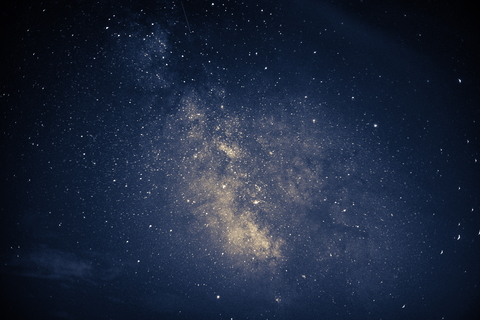Overview
Our Galaxy was built up from many merger events between smaller galaxies, many of which appear to be smoothly mixed into the Milky Way's stellar halo. Perhaps the most prominent success of "Galactic archaeology" is the discovery of the "Gaia Sausage/Enceladus" merger, which is thought to have collided with the Milky Way's disk roughly 8 billion years ago. The Gaia Sausage/Enceladus collision can explain many observed features of our Galaxy: for example, why there is both a thin and thick disk. I will present a different view of the Milky Ways formation history; namely, that the part of the Milky Way stellar halo that is typically attributed to the Gaia Sausage/Enceladus debris is instead consistent with being built up from many distinct merger events. Further, one of these merger events is shown to have happened within the last ~3 billion years; we call this the "Virgo Radial Merger," and it is responsible for much of the apparent structure in the Milky Way's stellar halo, such as the Virgo Overdensity, the Hercules Aquila Cloud, stellar shells, and phase space folds. These structures, as well as the chemical abundances and dynamics of halo stars near the Sun, are ultimately inconsistent with arising from a single ancient merger event.
